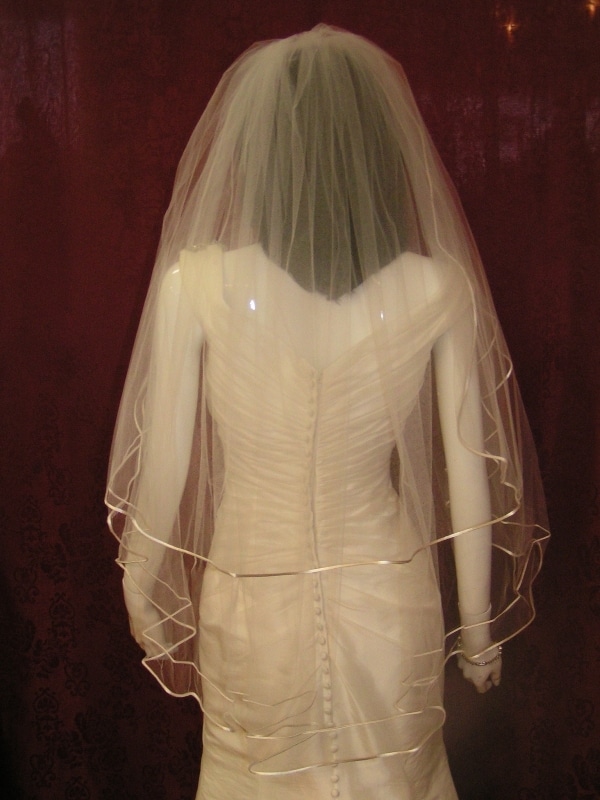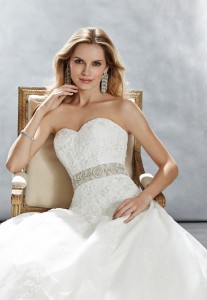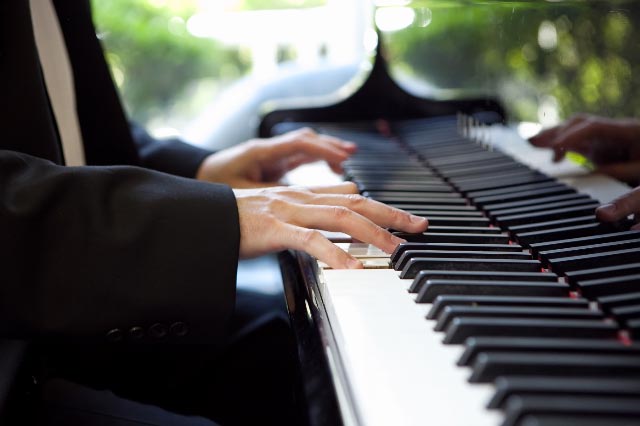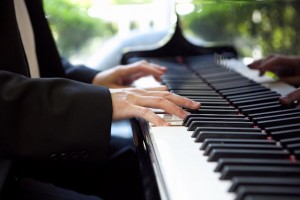
For upcoming brides, the focus during wedding planning often is centered around the wedding dress, bridesmaid dresses, the ceremony details, and wedding decor. The wedding veil may be forgotten completely until the bride starts planning her hairstyle for her special day. Then, the temptation is to either forgo the veil or grab a plain veil from the nearest bridal shop. There are so many choices for wedding veils. Brides can find the perfect wedding veils to complement any style of wedding dress.
The mention of “wedding veils may invoke the image of plain nettings of nothingness. However, veils have come a long way. The perfect veil can be an extraordinary finishing touch for the bride’s look. Recently, many celebrity brides have worn creative and stylish veils during their weddings. For those who are not familiar with all that a wedding veil can be, here are some examples of types of wedding veils.
A birdcage veil is the shortest type of veil. These veils are just long enough to cover the eyes. Some are worn with a slanting edge that may cover the nose and end to the side of the chin. Two other common types of veils are the shoulder-length, also called the flyaway, and elbow-length wedding veils. A fingertip-length veil is an elegant, classic choice for a traditional bridal look. This is the type of veil that was worn by Kate Middleton.
Ballerina or ballet-length veils are slightly longer than the fingertip-length veil. Many brides who like long veils opt for the ballet length since they are long while being very manageable and not likely to become burdensome. The chapel-length veil extends onto the floor behind the bride. The longest type of veil is the cathedral-length veil. While the chapel-length may extend to the floor a couple inches past the bridal gown, the cathedral-length extends much farther. If the bride is wearing a long gown with a train, the cathedral veil might sweep across the floor beyond the train.
The bride is not limited to choosing a veil based on length. There are unique styles that cannot be described in terms of length. The mantilla is a circular piece of fine netting that has a bold lace edge. A mantilla is held in place with the help of combs. The bride’s face should be framed with the lace edging. A juliet cap is a lace headpiece to with a veil is attached. The juliet cap was a traditional style that is making a comeback.
A bouffant veil is a section of tulle that is gathered at the back of the head to create a retro poufy look. In addition to choosing the best wedding veil length to complement her dress, the bride may have some gorgeous options such as satin or lace edging or double or even triple tiered looks. When choosing the color of the veil, try to select one that is the same exact color as the wedding dress or a shade lighter.

















